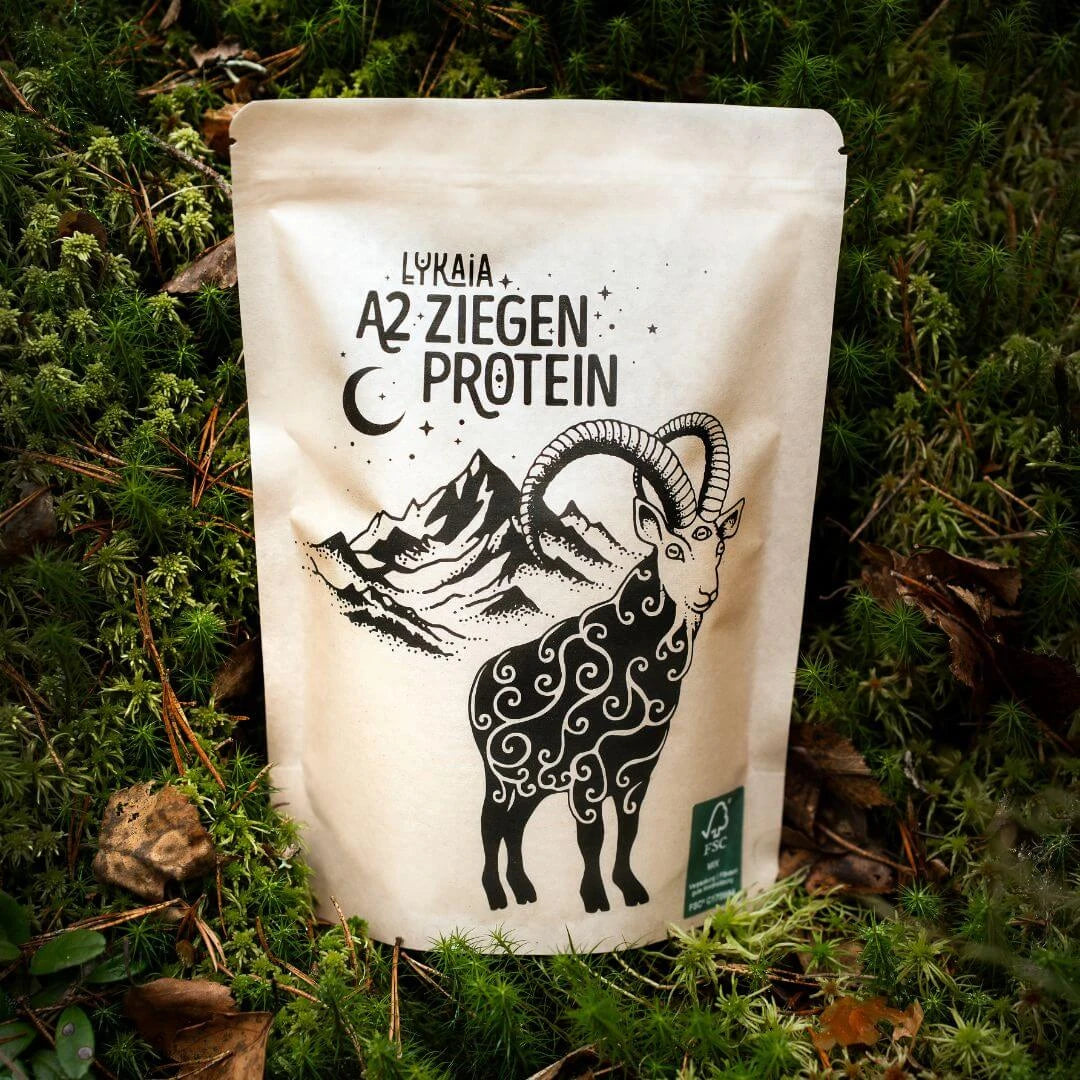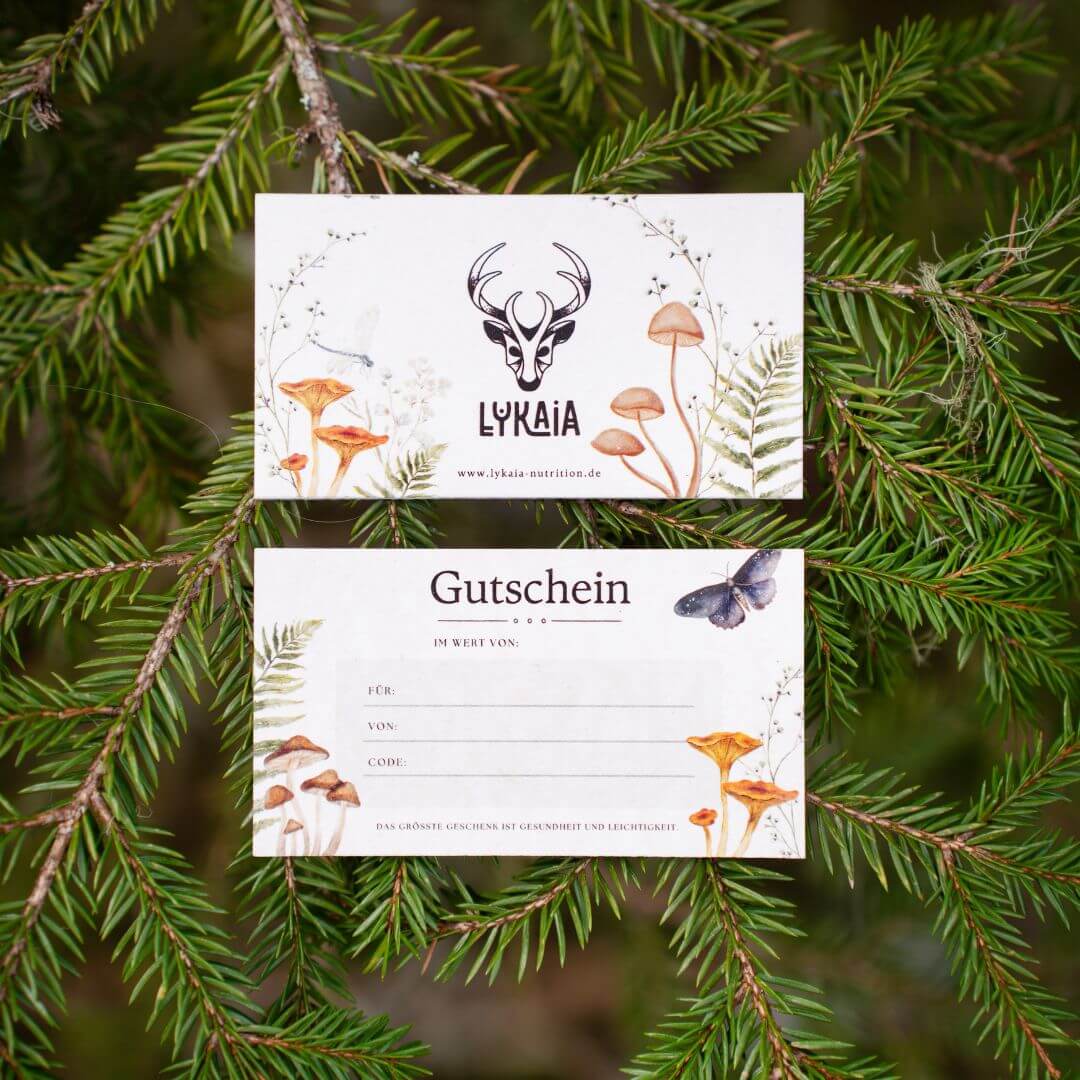Rhubarb cake with A2 protein

Did you know that rhubarb was used primarily medicinally before the 18th century? Because of its malic and oxalic acids, rhubarb is quite acidic. Only when sugar became readily available with industrialization did it become suitable for desserts and sweet dishes. However, only the stems are used for cooking. In traditional Chinese medicine, however, dried rhubarb roots are primarily used.
Why the root extract? It is said to have an astringent and skin-care effect by thickening the surface of the skin. According to TCM, rhubarb root extract is also said to have a digestive and generally strengthening effect.
We haven't tried it yet, but this example shows that in the past plants were (almost) always used as a whole . Today we usually limit ourselves to the fruit or the main part that satisfies us in terms of taste.
In the case of rhubarb, this is okay because the stalks are a good source of fiber and vitamin K1 . A 100g serving of rhubarb provides up to 37% of the daily value [ 1 , 2 ]. Since rhubarb has a high oxalate content, you should not eat too much of it and heat it well, for example in our rhubarb cake recipe.
In addition to the benefits of rhubarb, our cake also scores with protein. We replaced some of the flour with A2 casein . This makes the cake easier on your stomach and ultimately keeps you full for longer.
Ingredients for 1 small tray
- 50 g ground almonds or almond flour
- 100 g coconut blossom sugar
- 50 g coconut oil, melted
- 2 eggs (organic or free range)
- 50 g A2 casein mixed with 100 ml water
- 1 teaspoon grated peel of an organic orange
- 1/2 tsp vanilla powder
- 150 g spelled flour (or oat flour if gluten-free)
- 1 tsp cream of tartar baking powder
- 250 g cleaned rhubarb
preparation
Preheat the oven to 180°C fan oven. Mix all the ingredients for the dough (except the rhubarb) in a bowl and spread on a greased tray or tray lined with baking paper.
Wash the rhubarb and cut into 6 to 8 cm long pieces. Arrange on the dough as desired, do not press too much into the dough, just place it on top and let it rest on the surface. Sprinkle with coconut sugar and bake until the cake is golden on top and browned on the sides. For us it takes around 30 to 40 minutes.
Coconut yoghurt goes perfectly with this, which we extend with a tablespoon of A2 casein and a little vanilla extract.

0 comments






